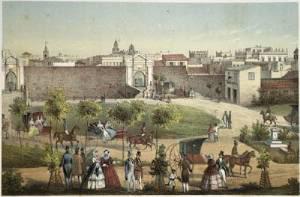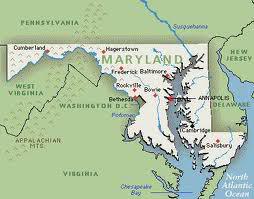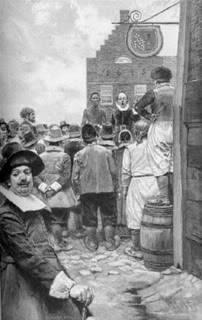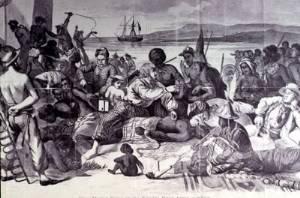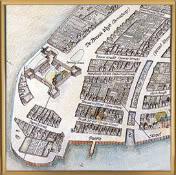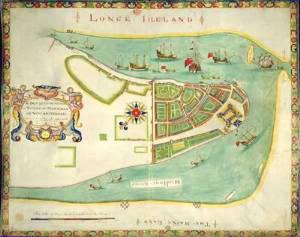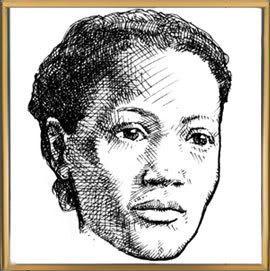History of Slavery in North Carolina Image: Illustration shows white children playing with a black child, and “represents the old Negro servants of the planter’s family among his children. The children of the [white] family grow up among the Negro domestic servants, and often learn to regard them with as much affection as they show their own parents.” Source: The Illustrated London News Many of the first slaves in North Carolina were brought to the colony from the West Indies or other surrounding colonies, but a significant number were brought from Africa. Most of the English colonists arrived as indentrued servants, hiring themselves out as laborers for a fixed period to pay for their passage. In the early years the…

